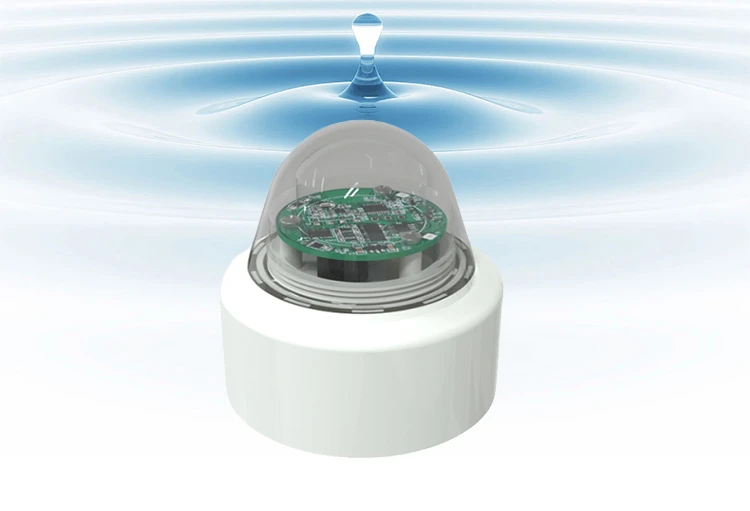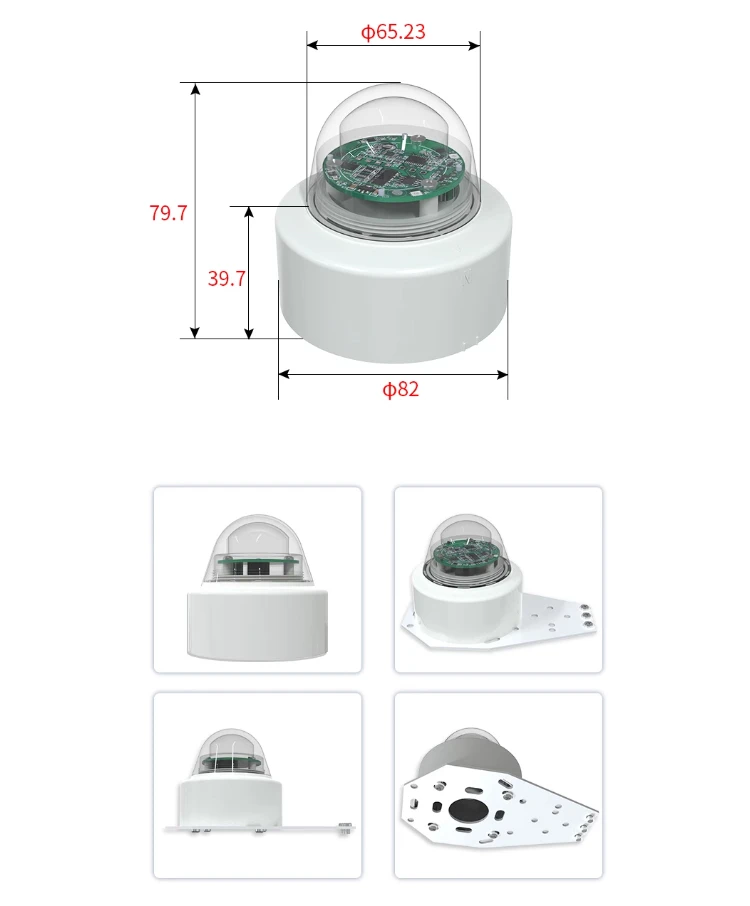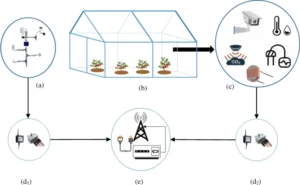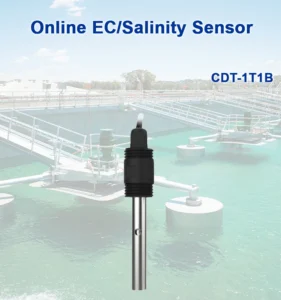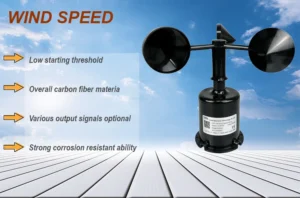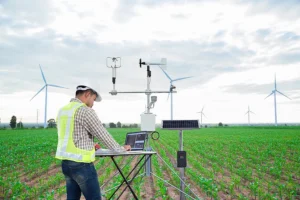What is an Optical Rain Sensor?
An Optical Rain Sensor is a device that uses light to detect rain. It can tell if it is raining and how hard. Here is a detailed overview:
Working Principle
The system usually has an optical transmitter and a receiver. The transmitter sends out light, often in the infrared or visible range. When there is no rain, most of this light is reflected or scattered in a predictable way. The receiver then detects this light.
When raindrops are around, they scatter and absorb light. This changes how bright the light looks to the receiver. By noticing these changes, the sensor can tell if it is raining and how heavy the rain is.
Components
– **Optical Transmitter:**
This component makes and sends out a light beam. It usually uses light-emitting diodes (LEDs) or laser diodes. These light sources are designed to create a steady and focused beam for precise use.
– **Optical Receiver:**
The receiver picks up the light that was sent. This light can be affected by things like rain. It usually uses photodiodes or phototransistors. These devices change the light into an electrical signal for further analysis.
– **Signal Processing Circuit:**
This circuit handles electrical signals from the optical receiver. It boosts, filters, and examines data to monitor rain conditions.
Some advanced models use microcontrollers or digital signal processors for complex calculations. They give outputs in easy formats. These formats can show digital values for rain intensity or simple on/off signals for rain detection.
** Optical Rain Sensor Applications**
– **Automotive Industry:**
An optical rain sensor in vehicles controls the windshield wipers. It adjusts their speed based on how hard it rains. This feature improves visibility and makes driving safer.
– **Weather Monitoring:**
Weather stations use optical rain sensors to measure rainfall in real time. They track how much it rains and how hard. This data is important for accurate weather forecasts, water studies, and flood warnings.
– **Agriculture:**
In agriculture, optical rain sensors help monitor rainfall in fields. They provide useful data that helps farmers make smart choices about irrigation, fertilization, and crop protection. For example, if there is enough rain, farmers can delay irrigation. This saves water and stops overwatering.
– **Building and Architecture:**
Some modern buildings use optical rain sensors to control outside features like skylights and awnings. When it rains, these sensors can close skylights automatically. This helps stop water from coming in. They can also extend awnings to keep entry areas dry.
